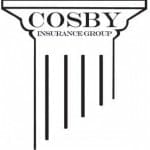Information reporting under section 6056 is voluntary for calendar year 2014. Reporting is first required in early 2016 with respect to calendar year 2015. For more information, see question 2.
- Basics of Employer Reporting: Questions 1-4
- Who is Required to Report: Questions 5-8
- Methods of Reporting: Questions 9-13
- What Information Must ALE Members Report: Questions 14-16
- How and When to Report the Required Information: Questions 17-21. What are the information reporting requirements for employers relating to offers of health insurance coverage under employer-sponsored plans?The Affordable Care Act added section 6056 to the Internal Revenue Code, which requires applicable large employers to file information returns with the IRS and provide statements to their full-time employees about the health insurance coverage the employer offered. (For a definition of applicable large employer, see question 5, below.)Under the regulations implementing section 6056, an applicable large employer may be a single entity or may consist of a group of related entities (such as parent and subsidiary or other affiliated entities). In either case, these reporting requirements apply to each separate entity and each separate entity is referred to as an applicable large employer member (ALE member). See question 7 for more information about the treatment of related entities.The IRS will use the information provided on the information return to administer the employer shared responsibility provisions of section 4980H. The IRS and the employees of an ALE member will use the information provided as part of the determination of whether an employee is eligible for the premium tax credit under section 36B.ALE members that sponsor self-insured group health plans also are required to report information under section 6055 about the health coverage they provide (See our section 6055 FAQs). Those ALE members that sponsor self-insured group health plans file with the IRS and furnish to employees the information required under sections 6055 and 6056 on a single form. The IRS and individuals will use the information provided under section 6055 to administer or to show compliance with the individual shared responsibility provisions of section 5000A.
Read the full article here.
Contact Steven G. Cosby, MHSA with questions or to request more information and to schedule a healthcare plan evaluation, savings analysis or group plan solution for your company.



